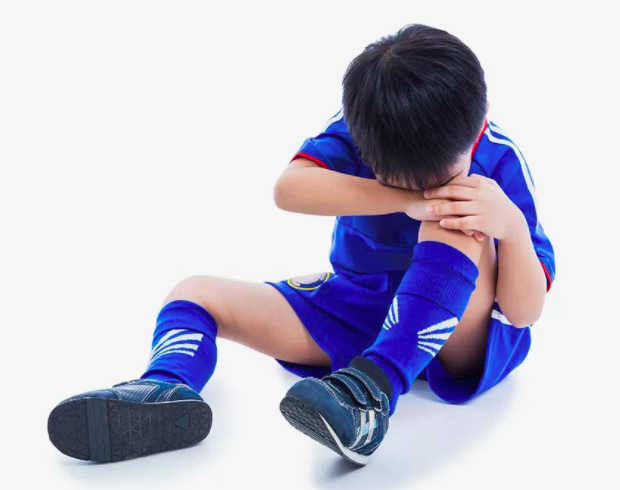There’s not much time left before the new school year begins, so for our podiatrists, it’s the time where we find ourselves offering a lot of advice to parents around buying kids school shoes. Now traditionally, advice on buying school shoes focuses on making the purchase at a physical store and includes things like:
- Ensure you try both shoes on together and check the fit of both, as one foot is often slightly longer than the other
- Try shoes on in the afternoon rather than in the morning due to the natural swelling that can occur during the day
- And so on…
But the reality of a post-COVID era is that for time and convenience reasons (as well as health and safety), many more families are choosing to make their school shoe purchases online. So to help, we thought we’d share some tips on how to measure your children’s feet accurately and how to help get the best fit for your online shoe purchases.
1. Print The Brand’s Sizing Chart, If Available
Most brands will have a printable sizing chart available – just like this one from Bobux. If you can locate it online (it may be on the brand’s page as opposed to a particular store’s page) then print it out and make sure that ‘Page Scaling’ on your printer is set to ‘None’ and not ‘Fit to Printable Area’. Once printed, use a ruler to make sure it’s correct. Then place the chart on a flat, hard floor and place your child’s heel level with the baseline.
Make sure your child is standing with both feet taking even weight and always measure both feet. You want to record the size of the biggest foot and the tip of the largest toe – this isn’t always the big toe, it may be the second toe. For school-aged kids, you want to allow approximately 2cm for growth.
The reason we love a sizing chart is that we’ve found that some brands have a notable sizing difference and given how quickly children’s feet can grow, you really want to get the right size. And save yourself the hassle of a return or exhange.
2. Ruler Or Tape Measure
If no printable sizing chart is available and the site only offers measurements in centimetres, place one side of your ruler or measuring tape against a wall that is connected to a hard, flat surface (not carpet). Place your child’s heel against the wall so that it is gently touching. You can then level another flat object – like a piece of paper, a book, another ruler or something similar against the end of the longest toe, whichever that is, and read where it intersects with the ruler.
If the above doesn’t work, you can always make a mark on the floor (even with something easily erasable like a highlighter) and then take the measurement from that point. Again, allow a further 2cm for future growth, and select the appropriate size.
3. Assess The Shoe Type
Next, when coming to make that online purchase, look out for school shoes that are:
- Leather – we prefer leather for its many benefits, which include stretching to grow with your child’s feet for that little bit longer
- Have laces or velcro – having good fastening mechanisms means you get the longest lifespan out of your shoes by adjusting the fastening mechanism as they grow. It also means that the shoe is secured to the foot properly so the foot doesn’t have to forcefully grip at the base of the shoe for support and control, but can just relax. Buckles come after laces and velcro but are still superior to slip-ons.
- Aren’t too heavy – children take thousands of steps in their school shoes every day, day after day. This means that the weight can definitely add up and either help them stay healthy, happy and pain-free on their feet – or it can lead to those frustrating aches and pains at the end of the day. Opt for lightweight shoes, especially when muscles and muscle strength are still developing.
- Choose watertight materials where possible – good materials to help keep feet dry include synthetic leather, neoprene, rubber, and gore-tex, to name a few. For natural leather, you can use products like waterproofing oils, sprays and creams and wax products, as directed on the label.
4. Read The Reviews
Traditionally, when offering shoe fitting and purchasing advice, we’d promote checking the level of the support that the shoe can offer – in the arch, the heel counter and more. As you’re not able to do this online, we recommend reading the reviews, which can be found across a range of websites that stock the particular shoe style you’re looking at purchasing. Check what other parents have said and whether they recommend this shoe style. One of the things we do is to filter the reviews and remove the 4-star and 5-star reviews, so you’re just left with the lower-star rankings. If multiple people have complained about the shoes’ tendency to break apart or lead to aches and pains, take this into consideration when making your decision.
5. Arrival Check
Once your shoes have arrived, it’s time to check if they’re the right fit. We recommend our usual in-person set of tips, which include:
- Trying them on in the afternoon to account for natural foot swelling
- Wearing them with the winter socks your child will wear to school that year, to see if they will still fit well with thicker socks
- Check both the width and length
- Check there is still approximately a thumbs width for growth – always evaluate all aspects in both shoes equally
- Ensure it feels comfy and your child is happy
If your child has any foot pain or problems that are preventing them from running, walking or wearing their shoes comfortably, we’re here to help. Book an appointment with our trusted podiatrists by calling 09 523 2333 or book online here.

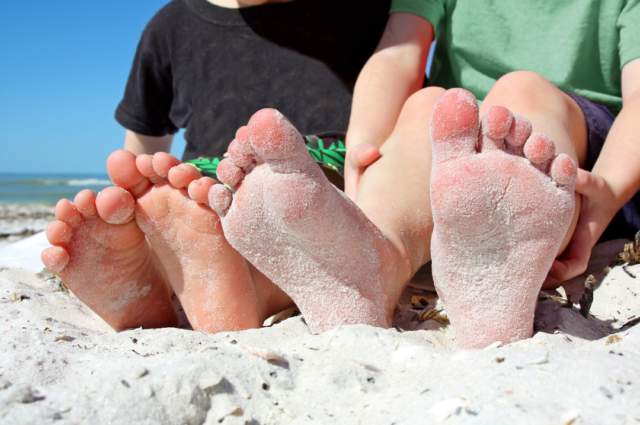
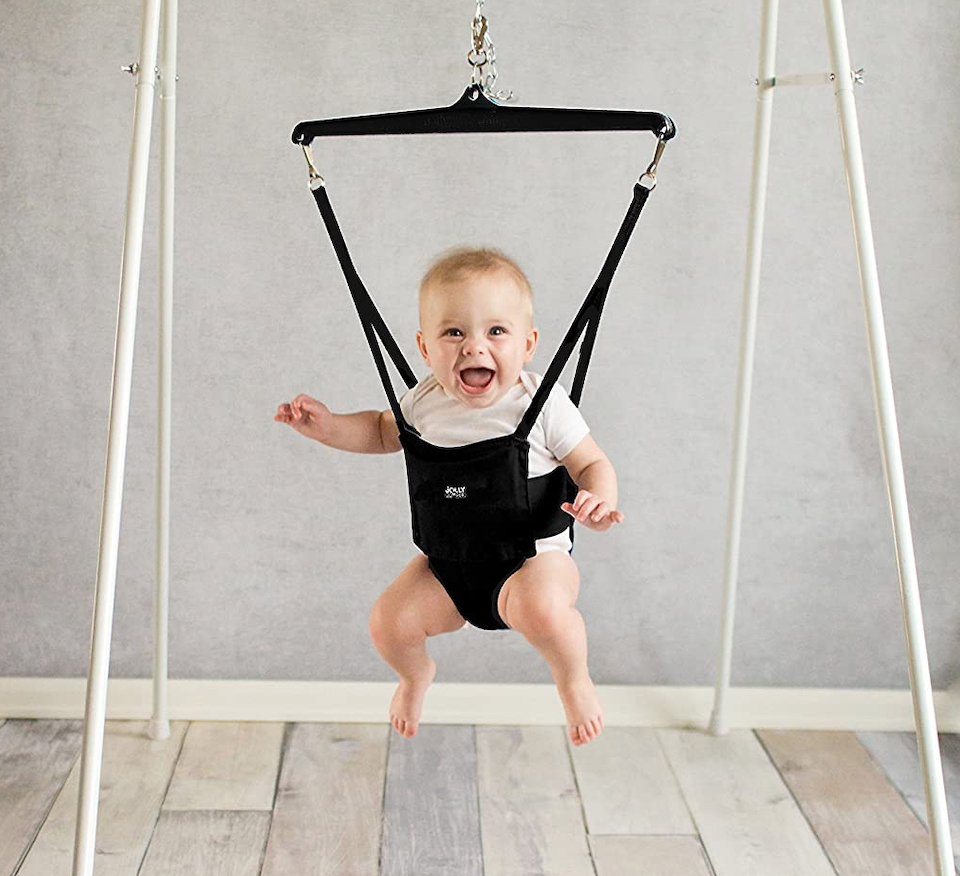
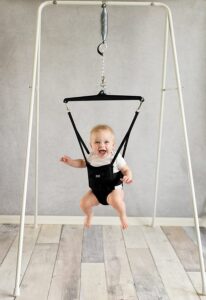
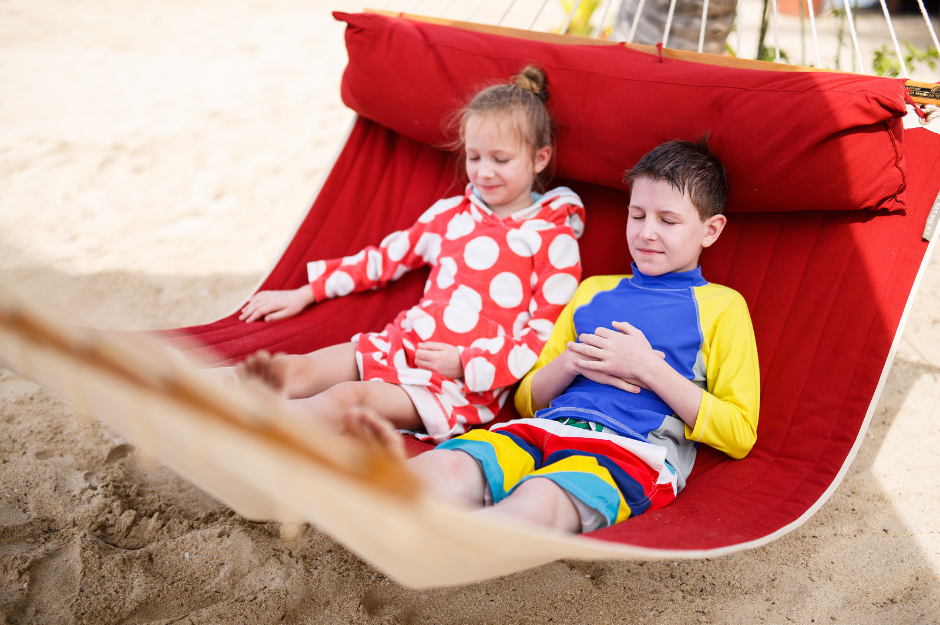
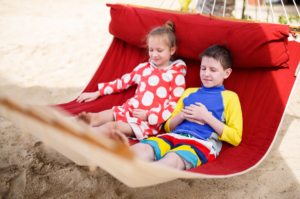 As parents, it’s only natural to be concerned about our children, want them to grow healthy and strong, and want to promptly address any health issues so they can go about their days without being held back by pain or discomfort. When it comes to the feet and legs, however, it can be difficult to know whether what we’re seeing is normal, or whether it could be a warning sign that should be checked.
As parents, it’s only natural to be concerned about our children, want them to grow healthy and strong, and want to promptly address any health issues so they can go about their days without being held back by pain or discomfort. When it comes to the feet and legs, however, it can be difficult to know whether what we’re seeing is normal, or whether it could be a warning sign that should be checked.

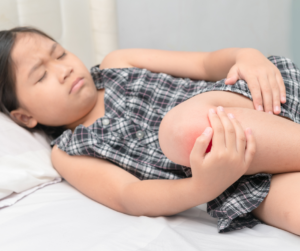 While our bones are growing, so are our muscles – and lengthening to keep up and support them both functioning as a healthy and strong team. While our muscles and bones will ideally grow at a similar rate, at times the muscles won’t keep up and the result will be tight muscles that create a pull on the bone – particularly during running, running sports and exercise.
While our bones are growing, so are our muscles – and lengthening to keep up and support them both functioning as a healthy and strong team. While our muscles and bones will ideally grow at a similar rate, at times the muscles won’t keep up and the result will be tight muscles that create a pull on the bone – particularly during running, running sports and exercise.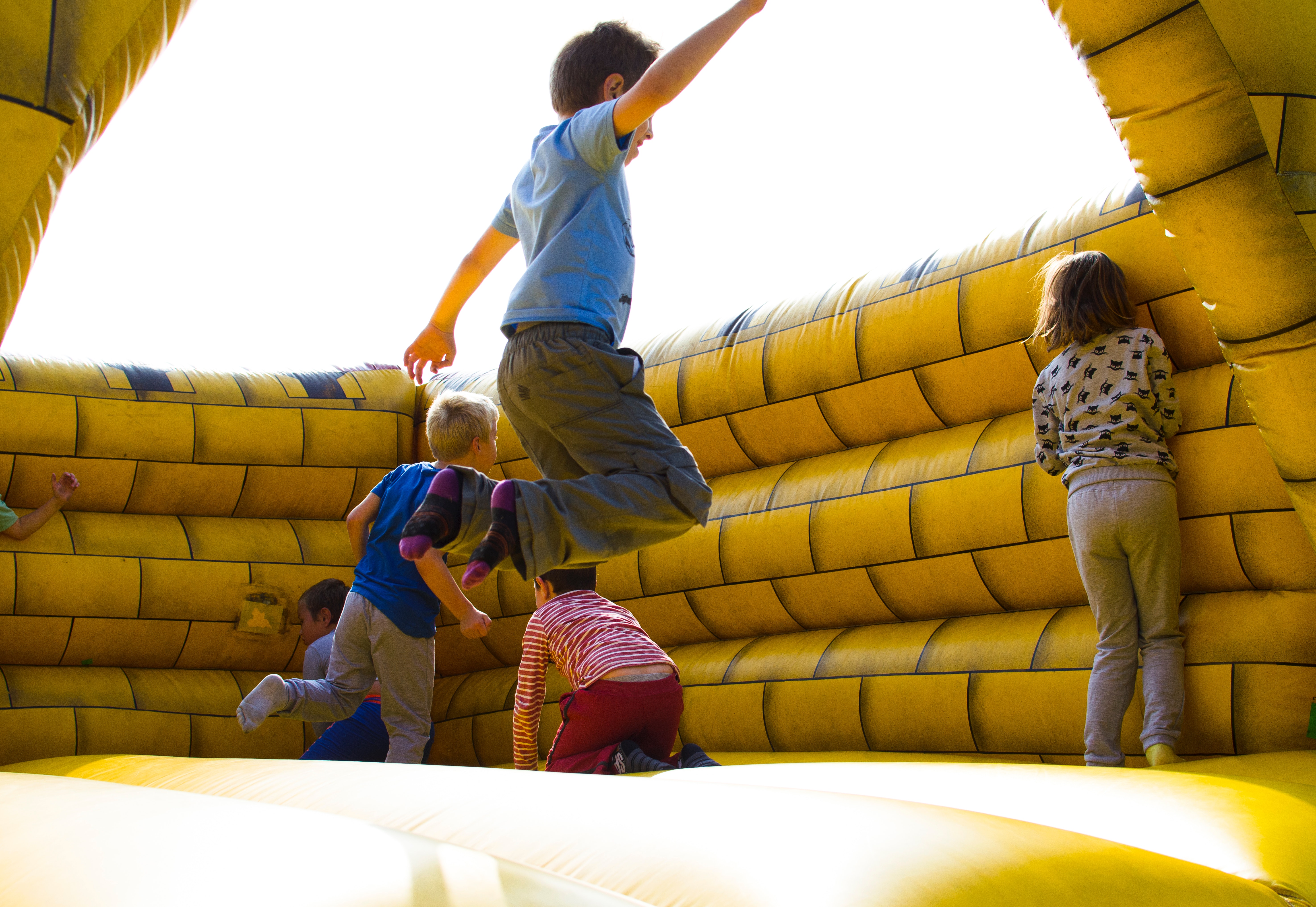
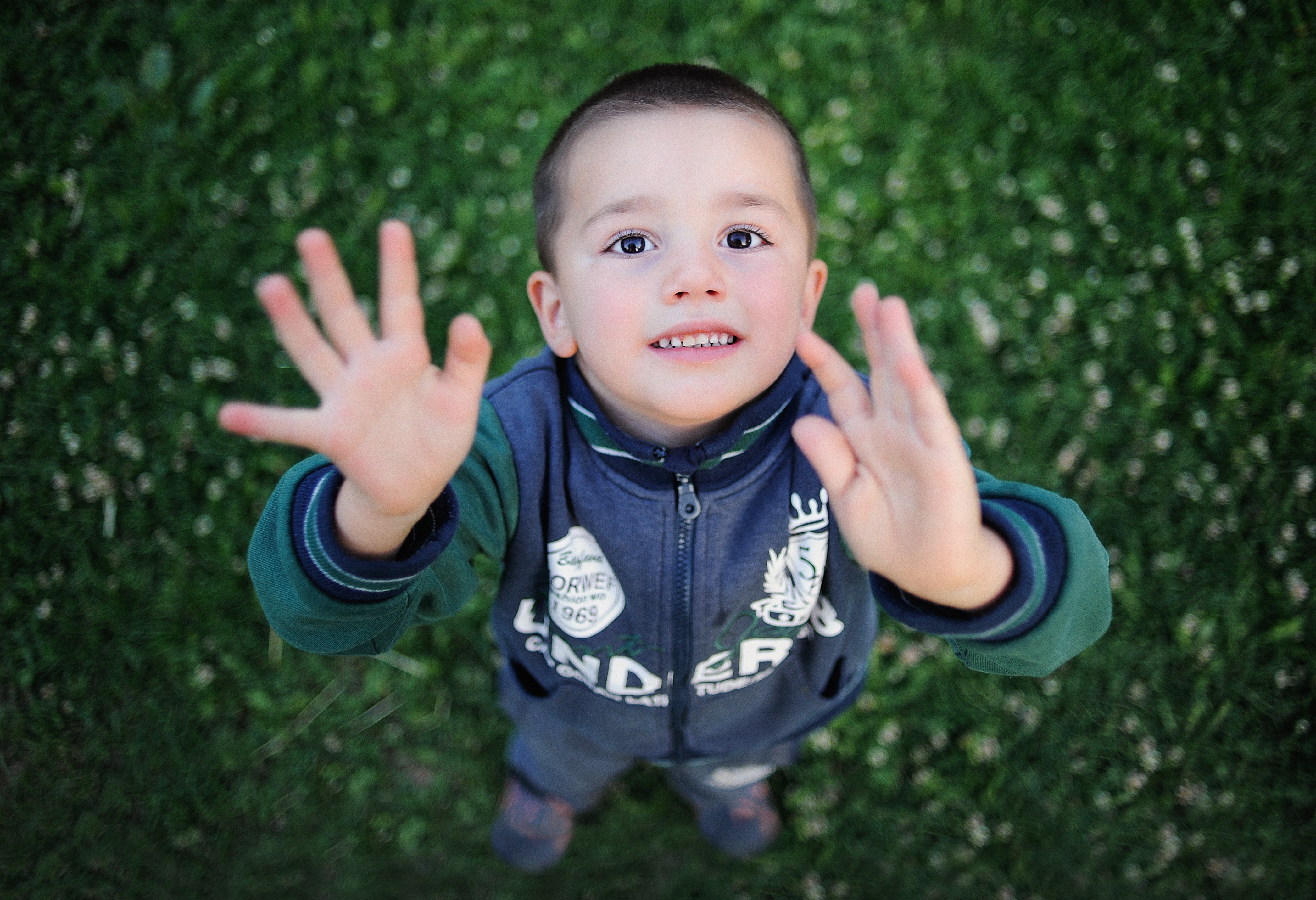
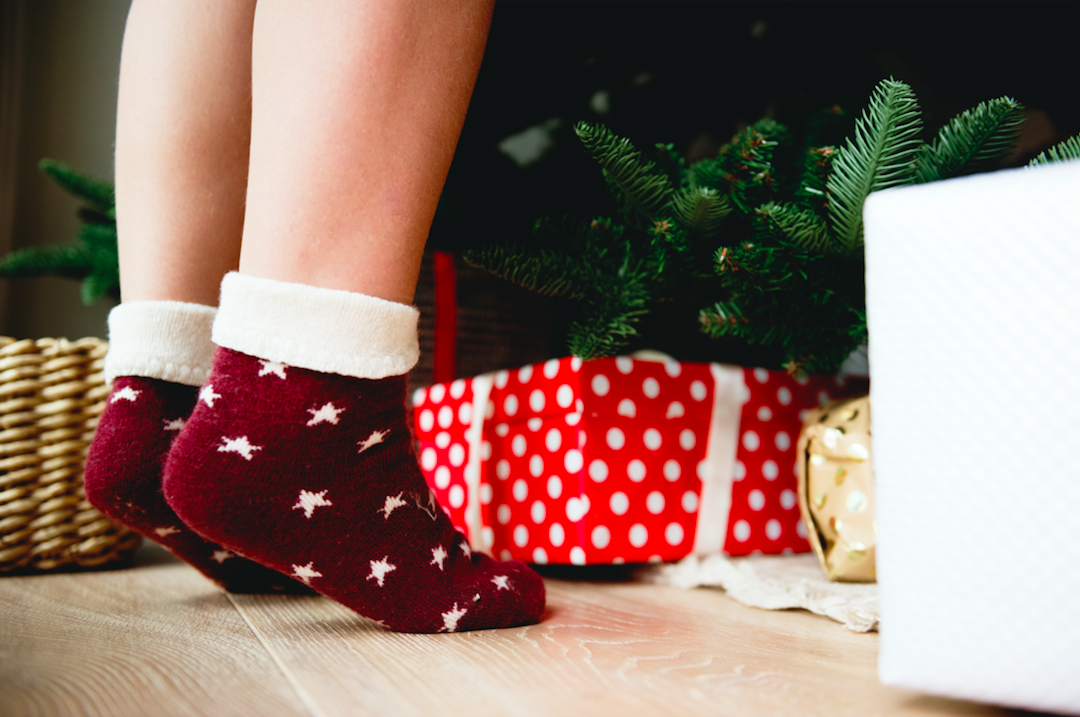
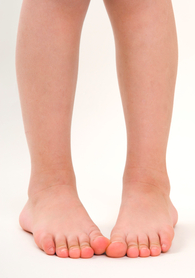 How can these foot positions be treated?
How can these foot positions be treated?